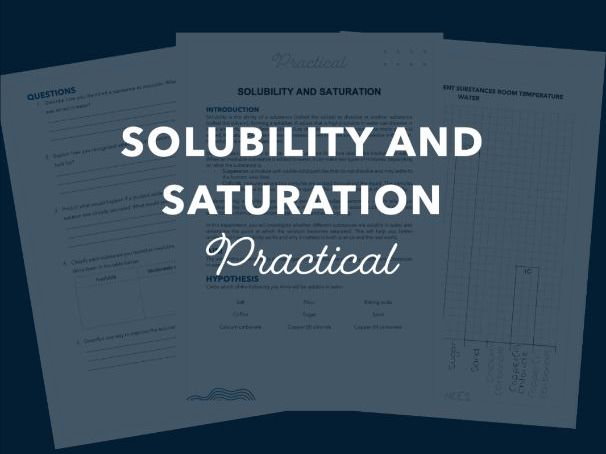

This engaging lab activity helps students explore solubility, saturation, and mixture types through direct experimentation with common and classroom-safe substances.
In this experiment, students test the solubility of various materials—such as salt, flour, sugar, and copper compounds—in water. They determine whether each substance is soluble, and if so, how much is required to reach saturation. The activity also introduces key scientific distinctions between solutions, suspensions, and colloids.
This structured version includes the aim, method, and equipment list, making it easy to implement in a lab setting while still encouraging independent observation and critical thinking.
This resource features:
A pre-lab hypothesis activity to engage students in making predictions
A results table to track solubility and saturation of nine different substances
A solubility graphing task for data interpretation and visual learning
Analysis questions that connect experimental outcomes to scientific concepts
Real-world extension questions to deepen conceptual knowledge
NSW Syllabus Outcomes:
SC4-SOL-01: Explains how the properties of substances enable separation in a range of techniques.
SC4-WS-01: Uses scientific tools and instruments for observations.
SC4-WS-02: Identifies questions and makes predictions to guide scientific investigations.
SC4-WS-03: Plans safe and valid investigations.
SC4-WS-04: Follows a planned procedure to undertake safe and valid investigations.
SC4-WS-07: Identifies problem-solving strategies and proposes solutions.
SC4-WS-08: Communicates scientific concepts and ideas using a range of communication forms.
Something went wrong, please try again later.
This resource hasn't been reviewed yet
To ensure quality for our reviews, only customers who have purchased this resource can review it
to let us know if it violates our terms and conditions.
Our customer service team will review your report and will be in touch.